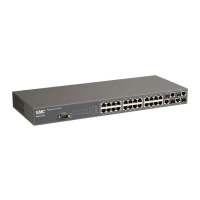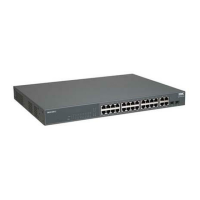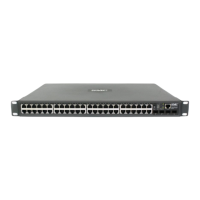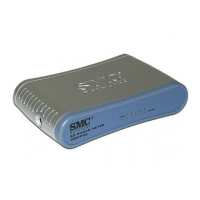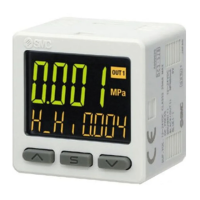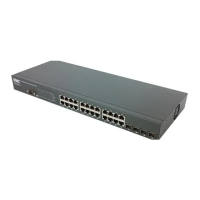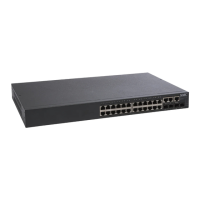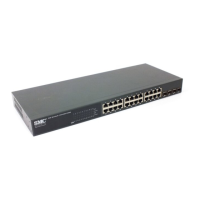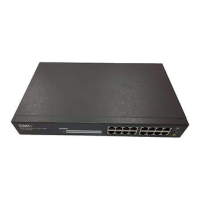What to do if I cannot connect to SMC Networks TigerSwitch SMC6128L2 Switch using Secure Shell?
- SSara King DVMAug 10, 2025
If you are unable to connect to the SMC Networks Switch using Secure Shell, consider these potential causes. First, you might have exceeded the maximum permitted concurrent Telnet/SSH sessions, so try connecting again later. Also, ensure the SSH server's control parameters are correctly configured on the switch and that the SSH client software is properly configured on your management station. Verify that you've generated a public key on the switch and exported it to the SSH client. Make sure you've set up an account on the switch for each SSH user, including their username, authentication level, and password. Lastly, if using public key authentication, confirm that you've imported the client's public key to the switch.
